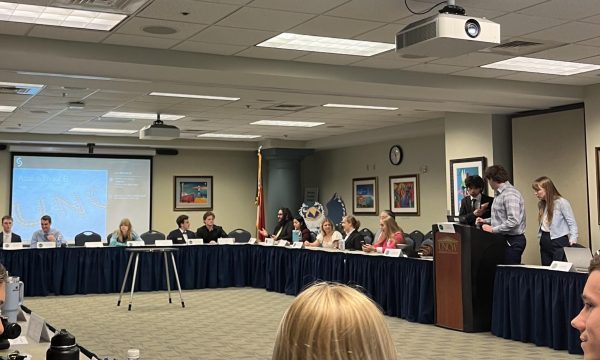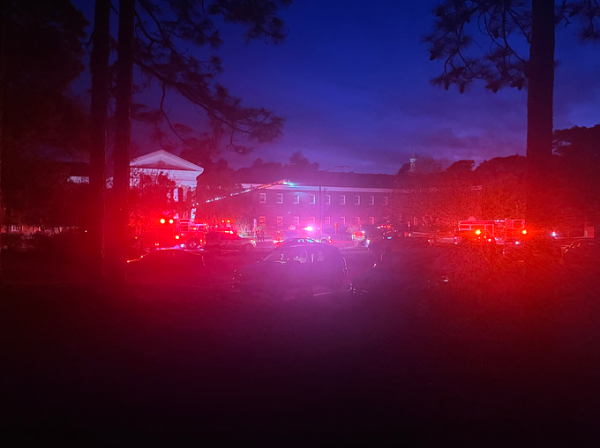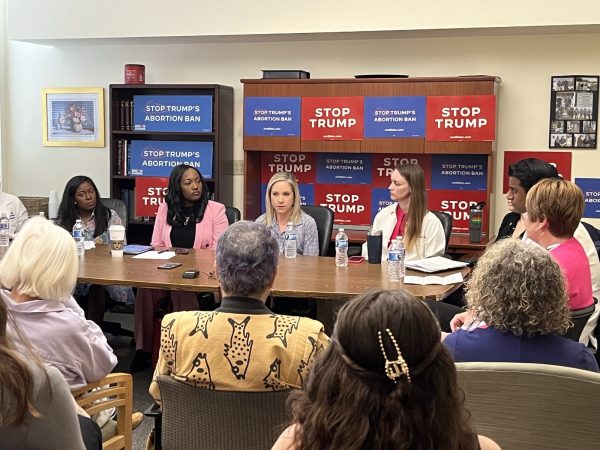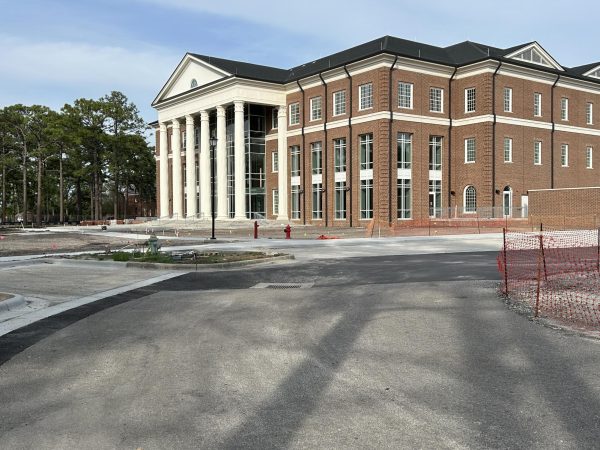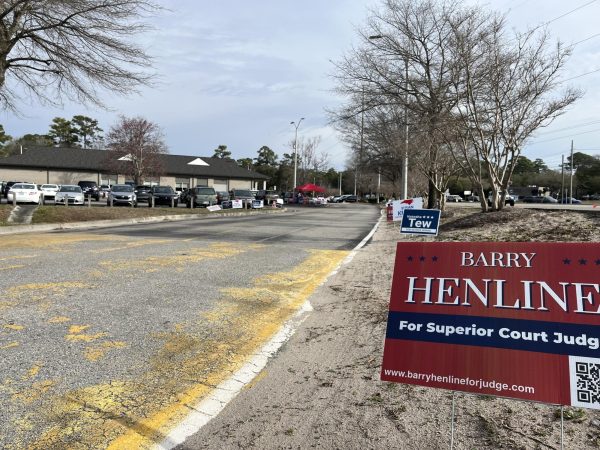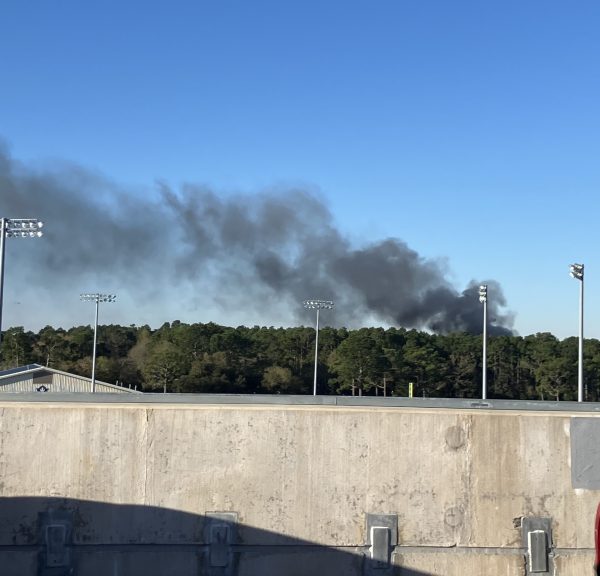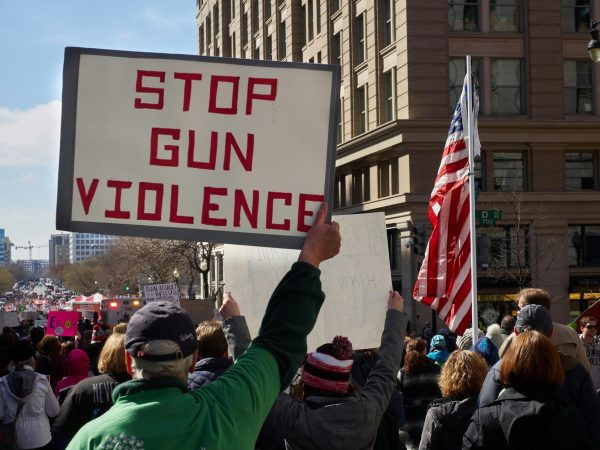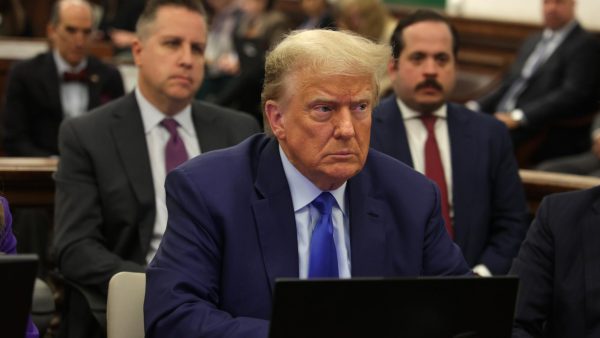Trump tackles opioid crisis
October 26, 2017
Editor’s Note: Veronica Wernicke is a freshman at UNCW majoring in Communication Studies and is a staff writer for The Seahawk. The opinions expressed in this article are solely those of the author. Veronica Wernicke may be found on Twitter @itsveronica98. All suggestions and inquiries may be sent via email to [email protected].
As of October 9, President Donald Trump declared a national opioid emergency, which backs up his initial comments made two months earlier when asked about the prevalent issues of opioid use in the U.S. This issued state of emergency will hope to bring states and federal agencies more resources and powers in order to combat the opioid crisis according to a CNN article.
According to an American Society of Addiction Medicine (ASAM) 2016 report, opioids are “a class of drugs that include the illicit drug heroin as well as the licit prescription pain relievers oxycodone, hydrocodone, codeine, morphine, fentanyl and others.” Since 1999, the U.S. has seen a rise in opioid death overdoses, a quadruple rise, more specifically, according to the Center for Disease Control (CDC). There were 52,404 deaths reported in the U.S. due to overdoses in 2015, according to the same ASAM report, and roughly 91 deaths per day due to overdose, according to the CDC. This increase in use and overdose deaths can likely be linked to the increase in sales of opioids to doctors’ offices, pharmacies and hospitals, according to the CDC.
Just by looking at these outrageous numbers it is easy to tell that the U.S. does a have a serious opioid epidemic, and Trump was very smart to declare a state of emergency — now let’s hope he’s actually able to do something about it.
With a national emergency in place, cash will be infused into the most needed areas first, thus making the opioid crisis a government priority, according to a CNN article. One of those much-needed areas actually hits home right here in Wilmington.
You’ve probably all seen those rehab commercials over and over, which makes sense since Wilmington has been ranked as the number one city — out of the 25 highest ranked cities — for opioid abuse, according to a 2016 study conducted by Castlight Health, a healthcare information company out of San Francisco. In addition, the study found that 1 in 10 residents in Wilmington that receive opioid prescriptions end up abusing them. According to a Governing article, between 2014 and 2016 Wilmington saw an increase in drug-related deaths from an initial 24 to 53.
Due to this drastic increase, city officials have increased their concern and tried to implement better plans of actions in order to fight the rising opioid problems in our city. According to the same Governing article, in 2016 the city put into place a three-part plan. This three-part plan consists of emergency responders carrying naloxone, which can treat drug overdoses by blocking the effects of the opioid. Secondly, they hired healthcare navigators to help opioid abusers handle the paperwork load and find the proper treatment options and care. The third step allows law enforcement officers to divert to treatment options instead of arresting people for possession. I’m very impressed and pleased with this three-step plan, and I hope to see the effectiveness in the coming years. Overall, I think the last step in the smartest move by the officials, because it means they understand that drug and opioid abusers aren’t all criminals, but in fact they suffer from a disease and we need to aid them in this struggle.
On a national level, we are all aware of the fact that political figures like to say a lot about what they plan to do. For Trump, fighting the opioid crisis has been on his agenda from the very start, and, again, he is finally shedding some light on the issue. So how and what exactly does Trump plan on doing to address the opioid crisis? He is set to make an announcement this week regarding his plan of action towards the crisis, so now we sit idly by in anticipation. Although, from several reports such as a Guardian article, Trump is set to review the Office of National Drug Control Policy (ONDCP). This policy is “A component of the Executive Office of the President, ONDCP was created by the Anti-Drug Abuse Act of 1988. The ONDCP Director is the principal advisor to the President on drug control issues. ONDCP coordinates the drug control activities and related funding of 16 Federal Departments and Agencies,” according to the official White House website.
In addition to his likely review, Trump made an official executive order to create “the President’s Commission on Combating Drug Addiction and the Opioid Crisis” back in March 2017, according to the official White House website. Trump also plans to review his nomination of Tom Marino for federal drug czar, due to Marino’s introduction of a bill that “weakened the DEA’s authority to stop companies from distributing opioids,” following a 60 Minutes episode that followed an investigation into the opioid crisis, according to CBN News.
In all, I hope that Trump handles this opioid crisis correctly and efficiently, because we all know actions speak louder than words. Until Trump’s announcement sometime this week and execution of his plans, we all must hope that he makes the best moves for not only our nation, but for those that suffer from opioid addiction and need our help.
